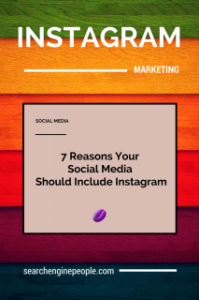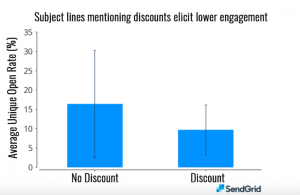4 Ways To Win In The New Age Of Digital CPG Consumers
As expected, much of this is being driven by rapid digitalization. But it’s important to recognize just how widespread and fundamental this digital shift is. Its impact is felt not just in the end-consumer shopping experience, but across the whole consumer goods value chain, from manufacturing all the way through to point of sale.
The result is the CPG industry has now reached a tipping point. The traditional ways of operating simply can’t deliver the growth needed in the future. Instead, companies must rethink their relationships with both retailers and end consumers, as well as their operating models and routes to market.
Change on this scale is never easy, but there are some key guiding principles that can help CPG marketers work through their own transformation plans.
#1 Rethink relationships with consumers. As paths to consumption become more complex and more fluid, CPG brands need to work harder to stay relevant. Being able to use your data, almost in real time, to listen to and understand consumers—and respond quickly—is the key to this.
This is an area where smaller digital-native companies typically have the edge over incumbents. Take French company C’est qui le Patron?! (“Who’s the boss?!”) which enables a community of consumers to provide feedback on ingredients, production methods, product quality, and price. Launched in 2016, it’s already the fourth-biggest milk brand in France.
#2 Reshape relationships with retailers. Retail is going through its own digital transformation, creating exciting new opportunities for CPG brands with enough agility to capture them. As retailers launch new marketplaces and advertising platforms, incumbent companies must fight for their share of these new “digital shelves” while retaining a consistent brand experience across all emerging consumer touchpoints.
It’s a complex challenge for sure, requiring CPG brands to rethink not only customer segmentation, but also marketing strategies and trading terms with retailers. A fundamental reorientation of the customer engagement model, based on shared incentives with retailers, is needed.
#3 Reimagine routes to market. Whether it’s the emergence of B2B marketplaces and ecommerce platforms or the rapid rise of D2C models, CPG brands now have many more routes to market at their disposal. But the complexity of this new landscape means going it alone is increasingly unviable, and working with a partner ecosystem is becoming essential. Creative thinking pays dividends here, such as working with the vast number of local corner stores that are typically closer to consumers’ homes.
#4 Redesign operating models for growth. Leading CPG companies have long known that outdated operating models are stunting growth. But for many, the challenges of reforming siloed organizations, rigid manufacturing processes and inflexible supply chains have been hard. However, they do need to be faced head on—and urgently.
The goal is to become “intelligently fluid,” flattening the organization, simplifying decision-making processes, integrating both vertically and horizontally across functions, making data analytics more accessible throughout the business, and increasing the speed, resilience, and customer focus of supply chains.
(42)
Report Post





